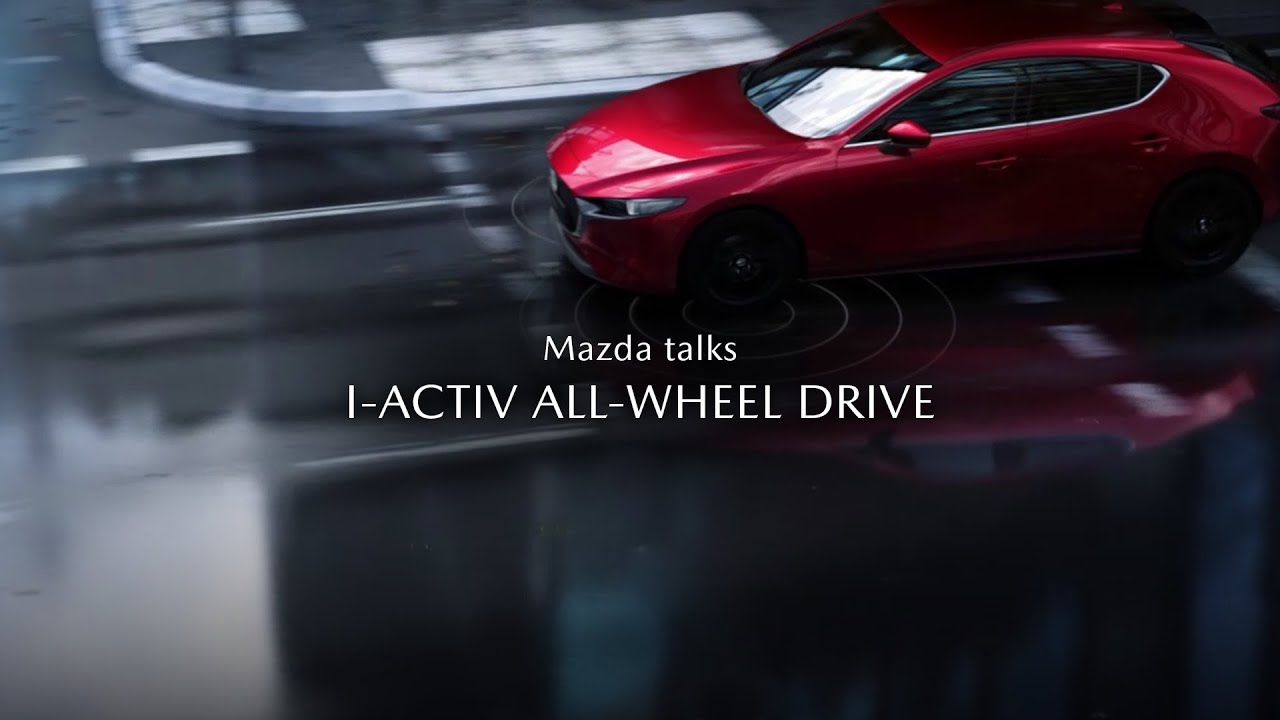Has anyone seen, and would you please point me to, a detailed explanation of the drivetrain layout and function in the 6-cylinder CX-90?
I'm interested especially in details of how the AWD system works mechanically.
Thanks.
P.S. If one were to say something like, "It's very similar to the CX-xxx," that would be completely useless to me, as I am totally unfamiliar with any Mazda AWD or 4WD system since the late 1980s-era pickups.
***EDITED TO ADD:
I would like to know where power flows 'first,' how the front and rear axles are tied together (e.g. via a viscous coupler to the rear (or to the front)), whether the differentials are mechanical differentials or if they use clutch packs to 'engage' each half-shaft (a-la Honda's pickup and Pilot, in the rear), and so forth.
Thanks.
I'm interested especially in details of how the AWD system works mechanically.
Thanks.
P.S. If one were to say something like, "It's very similar to the CX-xxx," that would be completely useless to me, as I am totally unfamiliar with any Mazda AWD or 4WD system since the late 1980s-era pickups.
***EDITED TO ADD:
I would like to know where power flows 'first,' how the front and rear axles are tied together (e.g. via a viscous coupler to the rear (or to the front)), whether the differentials are mechanical differentials or if they use clutch packs to 'engage' each half-shaft (a-la Honda's pickup and Pilot, in the rear), and so forth.
Thanks.

